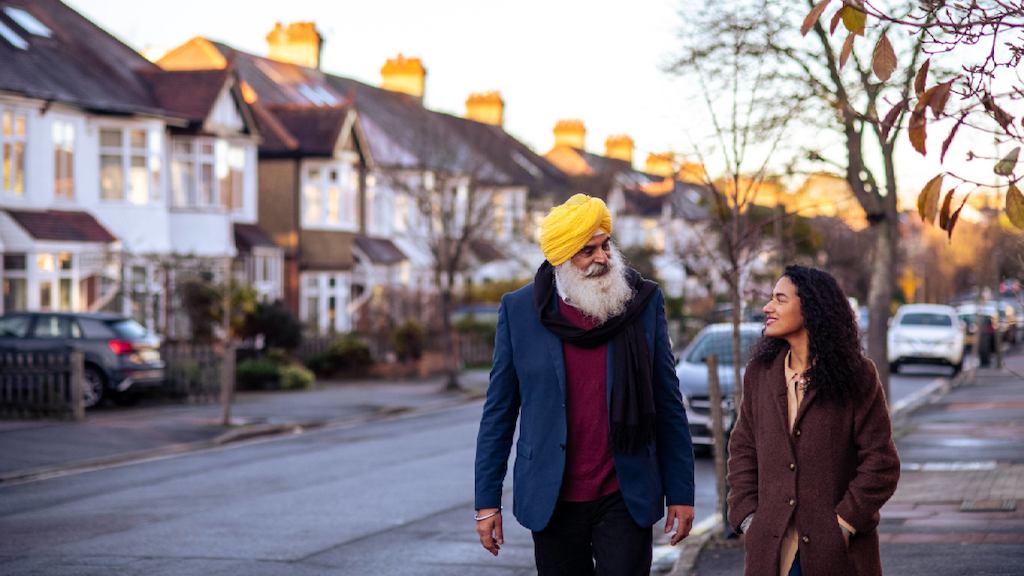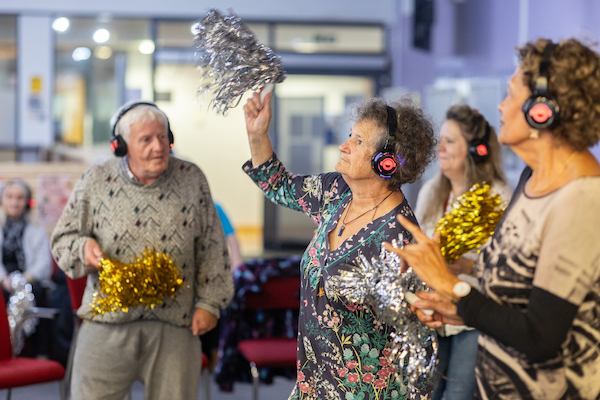Concerns are frequently shared with me about the ways that older people are portrayed within the media, and the ways in which these portrayals might reinforce stereotypes and assumptions about older people, that lead to ageism and age discrimination. To address these concerns, I commissioned research to look at the ways the language, content and tone of articles can influence attitudes towards older people. (A new report of the findings is available to read).
The research found two-thirds of the news stories analysed portrayed older people in a negative way, painting a picture of older people as being in ill-health, being victims, or being a burden on society. Even positive stories often included reference to negative attitudes, usually to help frame a positive theme but none-the-less reinforcing negative stereotypes.



